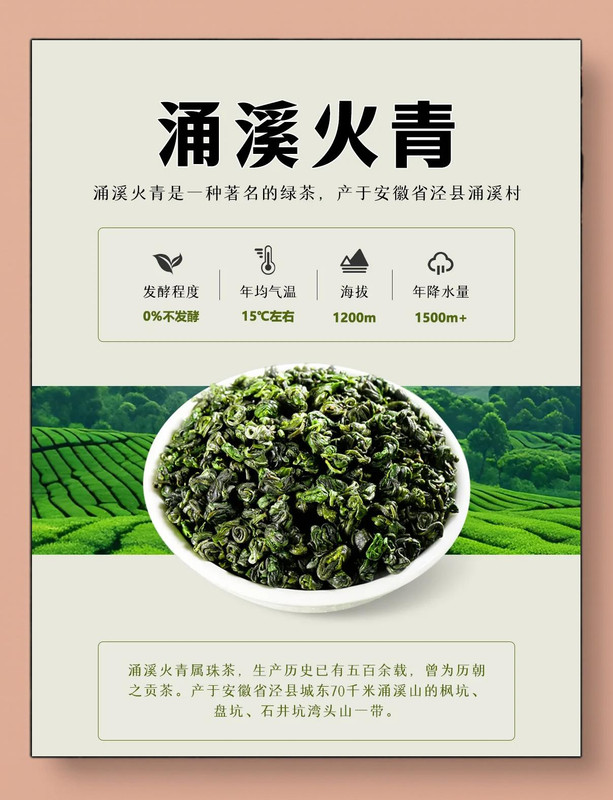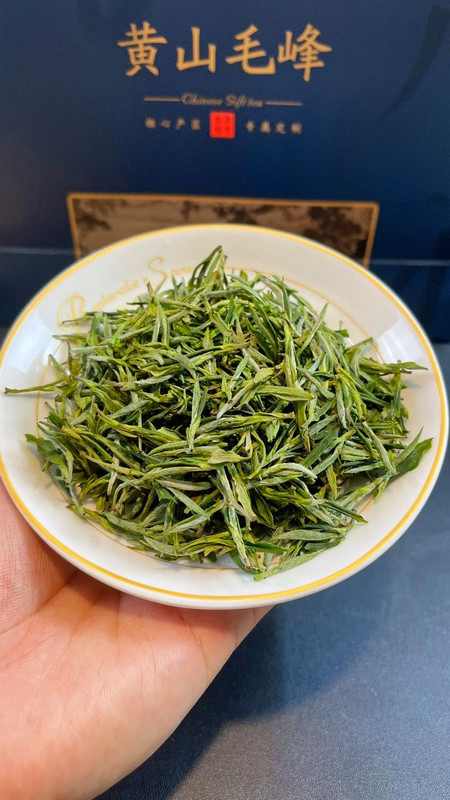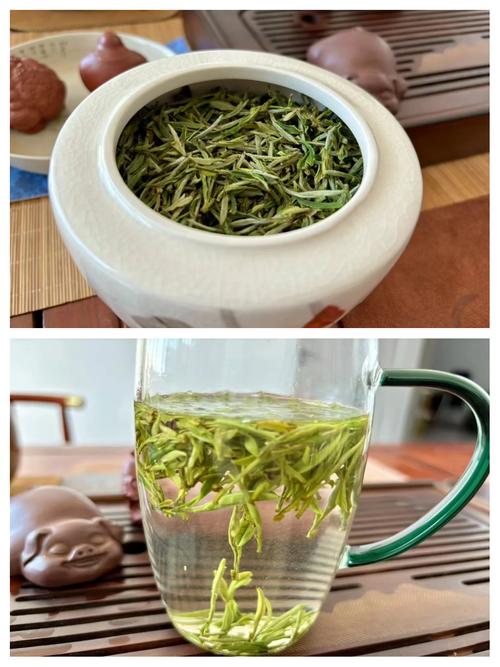Hailing from the mist-veiled slopes of Jingxian County in Anhui Province, 涌溪火青 (Yongxi Fire Green) stands as one of China’s most enigmatic curled-leaf green teas. Named for its fiery production method and emerald hue, this historic brew has charmed emperors and poets alike since the Ming Dynasty, earning its place as a tribute to imperial courts.

Origins & Cultural Tapestry
Yongxi Fire Green’s story begins in the 16th century, when tea farmers in Yongxi Village—nestled near Mount Huangshan—discovered that roasting freshly picked leaves over charcoal imbued them with a smoky-sweet complexity. By the Qing Dynasty, it became a favorite of Emperor Qianlong, who praised its “dragon-like curl and jade-green liquor.” Though it nearly vanished during the late Qing, a 1950s revival by Anhui’s tea researchers preserved its unique craft, blending ancient wisdom with modern precision.
Terroir: Where Mist Nurtures Flavor
The tea thrives in a microclimate shaped by Jingxian’s 500-meter elevation, where:
- Climate: Annual rainfall exceeds 1,600mm, with fog enveloping the slopes 200 days a year. Spring temperatures hover between 12–18°C, ideal for slow bud development.
- Soil: Reddish-brown, acidic loam enriched by decaying vegetation and quartz particles, imbuing the tea with a mineral undertone.
- Cultivars: The local “Yongxi Dabaicha” variety, prized for its thick, downy buds, forms the tea’s backbone.
Craftsmanship: The Alchemy of Fire and Leaf
Plucked from mid-March to early April, only the youngest bud and one adjacent leaf are harvested. The four-step production includes:
- Withering (摊青): Leaves are spread on bamboo trays for 4–6 hours to reduce moisture.
- Pan-Frying (杀青): Leaves are tossed in iron woks at 130–140°C to halt oxidation, preserving their emerald freshness.
- Rolling & Shaping (揉捻): Artisans use palm pressure to roll the leaves into tight, pearl-like curls, resembling gunpowder tea.
- Baking (烘干): A two-stage drying process—first at 110°C to fix shape, then at 60°C to enhance fragrance—yields a moisture content below 5%.
Aesthetic & Sensory Journey
- Dry Leaf: Tightly curled jade-green pearls, dusted with silver trichomes.
- Infusion: Brewed at 85°C, the liquor transforms into a golden jade, with pearls unfurling like blooming flowers.
- Aroma: Initial notes of roasted chestnut and fresh bamboo give way to a lingering orchid-like sweetness.
- Mouthfeel: Medium-bodied with a brisk astringency that mellows into a honeyed aftertaste, leaving a refreshing coolness in the throat.
Grading & Value
Yongxi Fire Green is classified into three grades:
- Special Grade (特级): Uniform pearls, dense silver down, priced at ¥1,500–¥2,500/500g.
- Grades 1–2: Include slightly larger pearls, with prices ranging from ¥800–¥1,200/500g.
Spring harvests command premiums, while autumn batches offer budget-friendly options.
Brewing Rituals
To honor its complexity:
- Teaware: Use glass or white porcelain to admire the “pearl bloom.”
- Ratio: 3g tea to 150ml water (1:50 ratio).
- Infusions:
- First steep: 1 minute (awakens the pearls).
- Subsequent steeps: Add 30 seconds per infusion (up to 5 times).
Authenticity & Health
Counterfeits often lack the tea’s signature “fire-roasted” aroma and tight curls. Genuine Yongxi Fire Green:
- Visual Check: Pearls should be uniformly green with silver tips.
- Cold Brew Test: Steep 1g in 50ml cold water; authentic leaves sink gradually, releasing a sweet aroma.
Beyond its cultural cachet, the tea offers:
- Antioxidant Power: Rich in EGCG, it combats free radicals linked to aging and cancer.
- Metabolic Boost: Caffeine and L-theanine synergize to enhance focus without jitters.
- Digestive Aid: Traditionally used to alleviate bloating after heavy meals.
Legacy & Modernity
Yongxi Fire Green’s revival in the 1950s merged ancient wisdom with modern hygiene standards. Today, artisans experiment with floral infusions—jasmine or osmanthus—while preserving the classic “fire green” aesthetic. As a UNESCO-recognized cultural heritage product, it remains a bridge between China’s past and its dynamic tea scene.
From imperial courts to contemporary teacups, 涌溪火青 endures as a testament to Anhui’s terroir—a living poem written in jade and flame.



